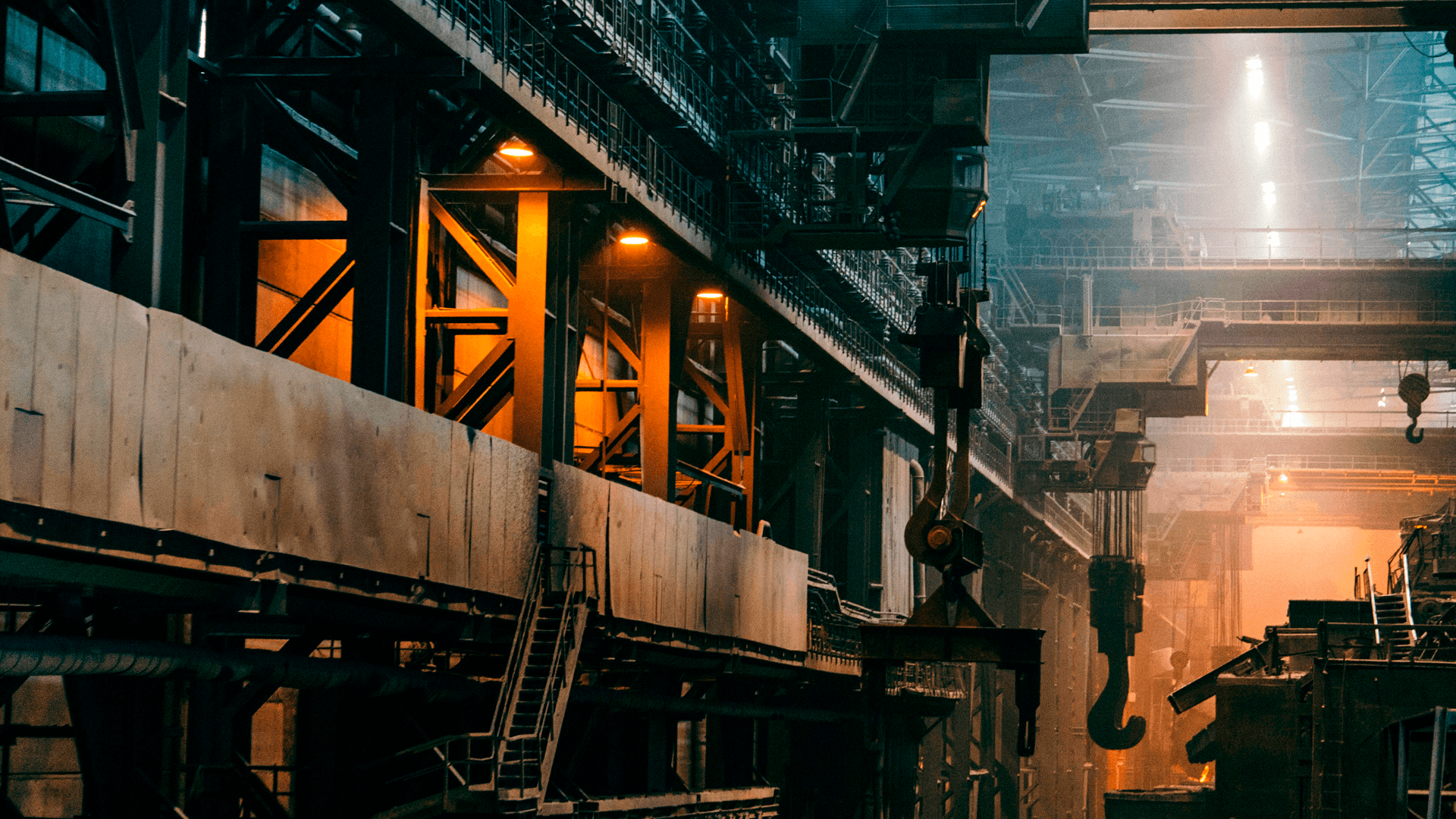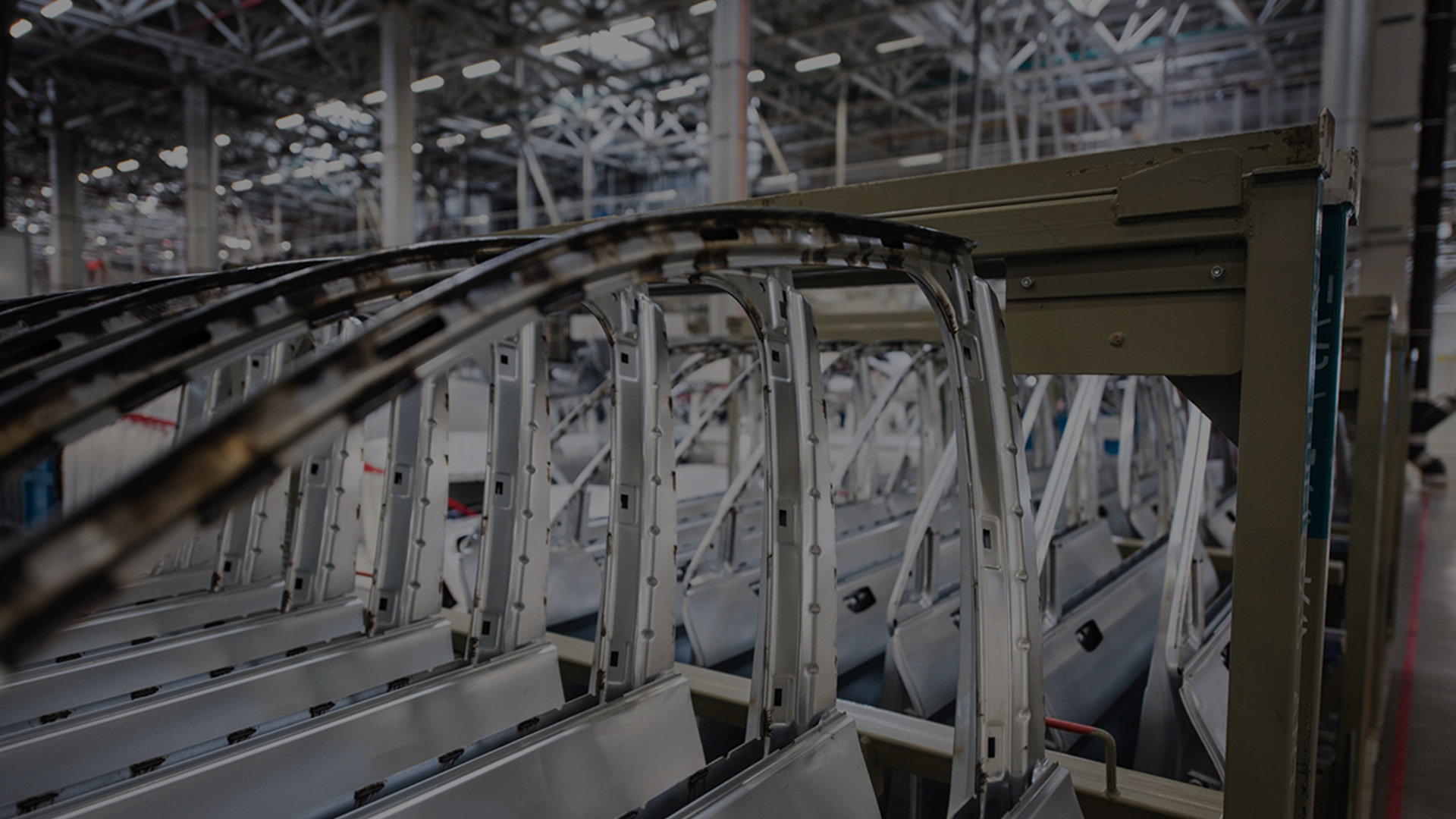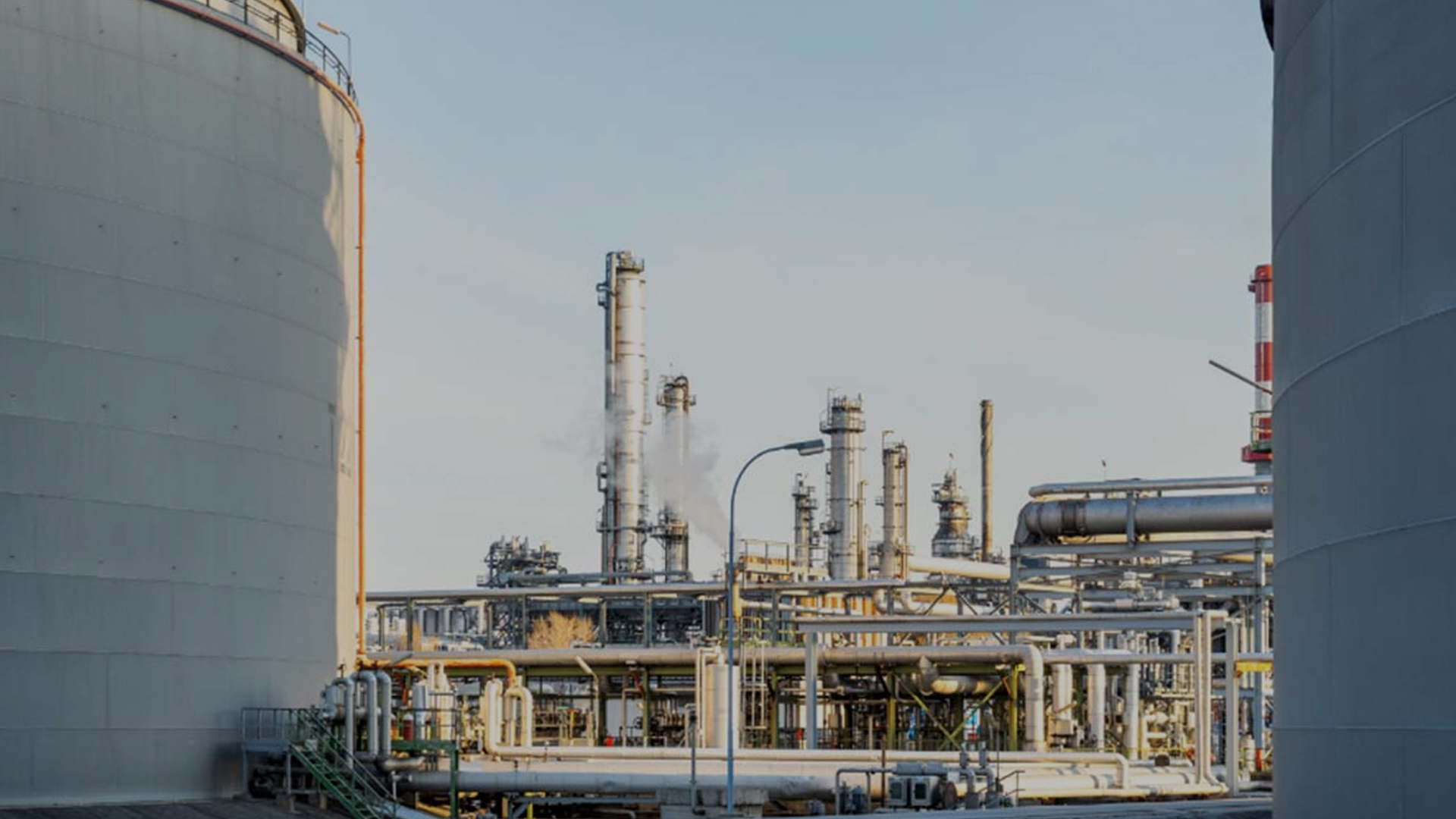The day to day is made up of a continuous consumption of energy, which means that any routine action carried out contributes to continue increasing the levels of global contamination. It is a fact that it is about stopping, with measures implemented from different organizations.
Let’s start at the beginning, what is considered a carbon footprint?
The carbon footprint is one of the characteristic indicators for measuring climate change and the emission of greenhouse gases that are emitted into the atmosphere, both directly and indirectly. The footprint is measured in tons of C02. The main gases emitted are methane, carbon dioxide, nitrogen oxide, hydrofluorocarbons, perfluorocarbons and carbon dioxide, among others. To reduce global warming, and consequently the carbon footprint, the amount of gas emissions into the atmosphere must be reduced. What is the solution? There is no imminent remedy, but the industry is increasingly adapting to current legislation and regulations for compliance with pollution reduction, in particular, moving towards the SDG targets.
How Pinexports helps to reduce the carbon footprint in manufacturing
We cannot have the absolute truth regarding our performance criteria, but at Pinexports we seek throughout the manufacturing process to obtain the greatest possible reduction in carbon footprint for our planet and our customers. That is why, through our own platform based on Business Intelligence, we carry out a study based on the characteristics and needs of our clients, optimizing the necessary resources for each manufacture and deriving each process of the supply chain to production centers. close and efficient. In this way, manufacturing begins with a main objective, to reduce as much as possible the gases emitted due to the use of machinery, making fabrics -in the case of the textile sector-, transport of goods, whether by air or sea, etc.
Emission-free manufacturing
In such a globalized world, it is really difficult to ensure that a manufacturing does not emit CO2 particles to the planet, however, it is interesting to note that by carrying out a series of processes resources can be optimized to the maximum to avoid waste of materials and use of space in the logistics process. Shortening distances between production centers can greatly reduce the emission of carbon dioxide and with it, the reduction of the carbon footprint on transport routes.
SDG targets
We have recently heard about the sustainable development goals, the 2030 agenda and multiple organizations aimed at reeducating the system. All this encompasses the adaptation of daily life to a reduction in the planet’s resources. Remarkable data from the SDGs for the development of the sustainable industry, indicate that countries with a middle income index benefit from entering the base metals and manufacturing industries, since they offer a range of products that face international demand in rapid growth, while the global share of manufacturing value added in GDP increased from 15.2% in 2005 to 16.3% in 2017, driven by the rapid growth of industrialization in Asia, leading us to think again in the importance of taking care of manufacturing processes in other countries.
What can we do in our day to day to reduce emissions?
Without a doubt, shortening supply chains is of vital importance in many cases to assume sustainable production, but in addition to facing other problems such as lack of constant supply, lack of specialized production centers in certain product niches or lack of government support for projects that seek to solve these problems, it is a process that needs time.





